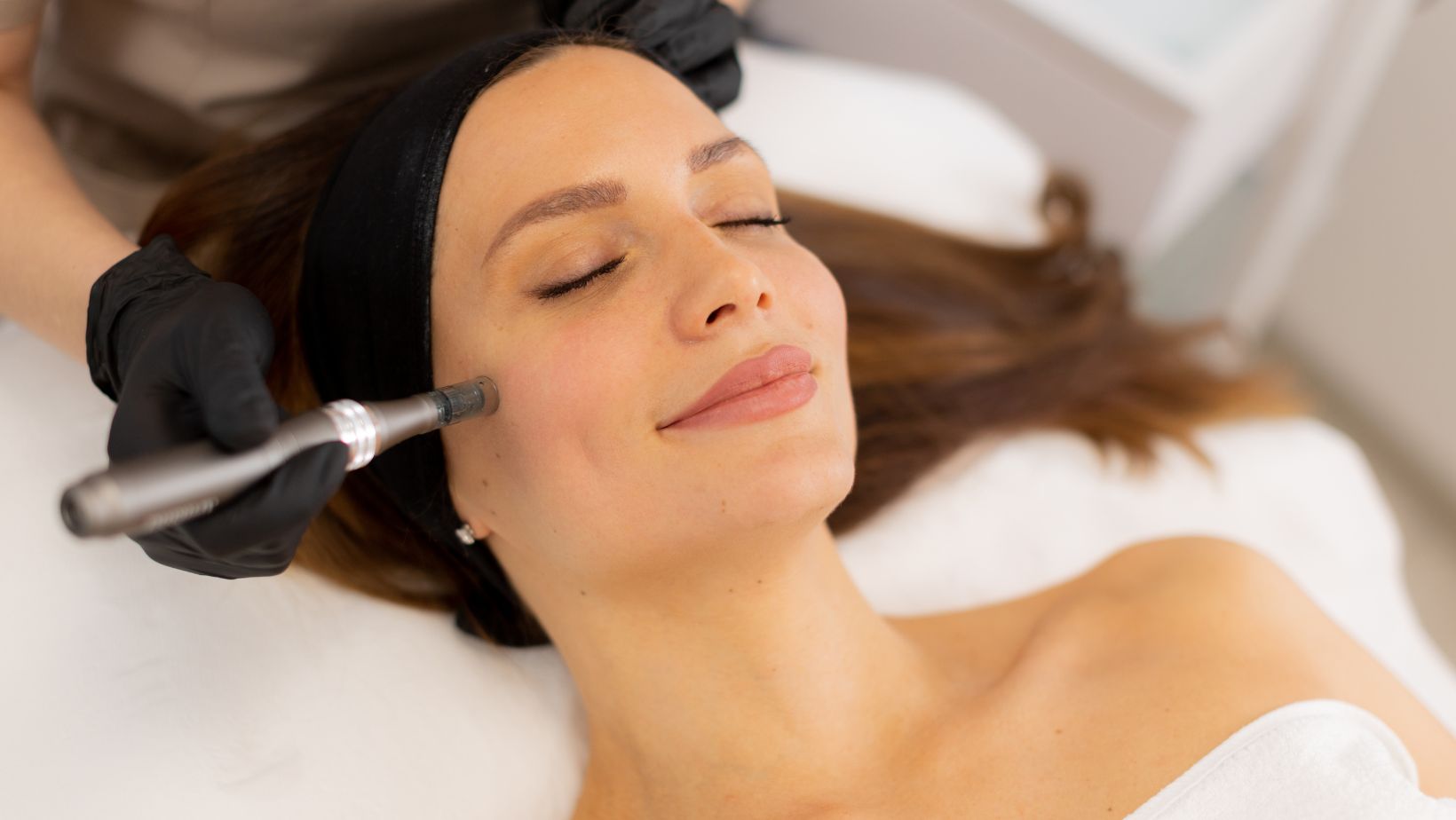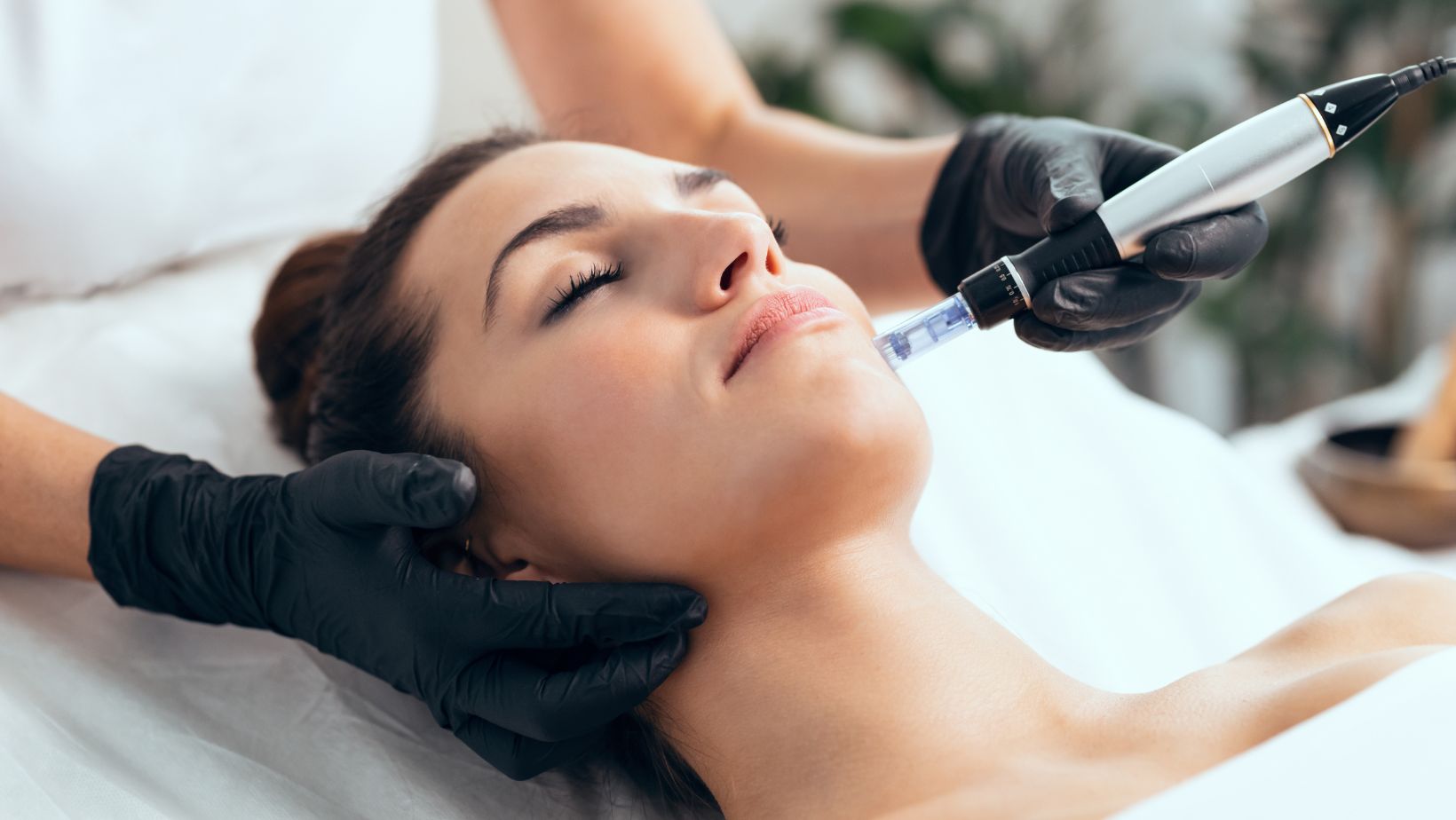
Medical cannabis is becoming increasingly accepted in healthcare, especially among older adults seeking alternative ways to manage chronic conditions. From arthritis and glaucoma to sleep disorders, seniors are turning to cannabis as a complement or replacement for traditional medications. Making an informed choice requires understanding both its benefits and potential risks.
Given the unique health conditions faced by older adults, it is essential to approach this option with a well-informed mindset. Seniors are encouraged to consult with healthcare professionals to discuss potential benefits and side effects before considering cannabis as a treatment. Additionally, engaging with services such as dispensary weed delivery Galt can simplify the process by offering guidance and convenient access to needed products. This ensures that seniors can make informed decisions tailored to their individual health needs.
What Is Medical Cannabis and How Does It Work?
Medical cannabis refers to the use of cannabis and its compounds to treat or manage health conditions. The plant contains over 100 active compounds called cannabinoids, the most important being:
- THC (Tetrahydrocannabinol): Responsible for the “high” but also known for pain relief and appetite stimulation.
- CBD (Cannabidiol): Non-psychoactive and studied for reducing anxiety, inflammation, and seizures.
In addition, terpenes, aromatic compounds that give cannabis its scent, play a role in therapeutic effects. For example:
- Linalool: May promote relaxation.
- Limonene: Linked to mood elevation.
Legal Status for Seniors
The legality of medical cannabis varies by state and country:
- Some allow full medical use with a doctor’s recommendation.
- Others restrict THC levels or limit approved conditions.
- Federal law in the U.S. still classifies cannabis as a Schedule I drug, creating some legal complexities.
Tip: Check your state’s official medical marijuana program website for up-to-date regulations.
Which Conditions Can Seniors Manage with Cannabis?
Research suggests cannabis may help manage several age-related health conditions:
- Chronic Pain: A 2021 National Academies report found substantial evidence supporting cannabis in pain relief.
- Glaucoma: Cannabis may lower intraocular pressure, though effects are short-term.
- Anxiety & Depression: CBD-rich formulations show promise in easing symptoms without intoxication.
- Sleep Disorders: Some strains can improve sleep duration and reduce nighttime awakenings.
- Appetite Loss: THC stimulates hunger, which benefits seniors dealing with weight loss due to illness or treatment side effects.
Key Benefits of Medical Cannabis for Seniors
When used responsibly, seniors may experience:
- Relief from arthritis and neuropathy pain
- Reduction in anxiety and stress
- Better sleep quality and more consistent rest patterns
- Improved quality of life through increased mobility and emotional well-being
Risks and Considerations Before Using Cannabis
Like any medication, cannabis comes with potential downsides:
- Cognitive effects: THC can temporarily affect memory and concentration.
- Physical effects: Dizziness, balance issues, or drowsiness. Important considerations for fall-prone seniors.
- Medication interactions: Cannabis may interact with blood thinners, sedatives, or antidepressants.
- Social stigma: Despite legalization, some seniors may face judgment for cannabis use.
Always consult a healthcare provider before beginning medical cannabis to evaluate risks and interactions.
Why Consultation with Healthcare Professionals Matters
Talking to your doctor is essential before starting cannabis. Key questions to ask include:
- Can cannabis help manage my specific health condition?
- Will it interact with my current medications?
- What dosage and product type should I start with?

Specialists at licensed dispensaries can also provide education on product selection, dosage guidance, and safe consumption methods.
Choosing the Right Cannabis Products for Seniors
Product Types
- Flowers (smoking/vaping): Quick relief but may irritate lungs.
- Oils & tinctures: Easy dosing, discreet, and long-lasting effects.
- Edibles: Stronger and longer effects, but delayed onset (30–90 minutes).
- Topicals: Lotions and creams for localized pain without intoxication.
Dosing Guidelines
- Start low, go slow: Begin with a small dose and increase gradually.
- Track effects: Keep a journal of dosage, timing, and results.
- Adjust as needed: Each person’s response varies; patience is key.
Legal and Safety Considerations for Seniors
- Know your state laws: Some states require a medical card, others have recreational access.
- Safe storage: Keep cannabis locked away from children, pets, and unauthorized users.
- Responsible use: Never share prescriptions; dosing is highly individual.
Frequently Asked Questions (FAQs)
Is medical cannabis safe for seniors?
Yes, when used responsibly under medical guidance. Seniors should begin with low doses to reduce risks.
Can cannabis interact with prescription medications?
Yes. It may interfere with blood thinners, sedatives, and other drugs. Always consult your doctor first.
What is the easiest form of cannabis for seniors to use?
Tinctures and oils are often preferred for accurate dosing, while topicals help with localized pain.
How can seniors minimize side effects?
Start with small doses, increase gradually, and avoid mixing cannabis with alcohol or sedatives.
Is medical cannabis legal everywhere?
No. Laws vary widely by state. Seniors should check their local regulations before use.
Conclusion
Medical cannabis presents seniors with new opportunities to manage pain, anxiety, sleep disorders, and other age-related conditions. While promising, it should be approached with care, balancing benefits against risks and ensuring proper medical guidance.
The growing acceptance of cannabis reflects an evolving healthcare landscape where seniors can make more informed, personalized choices. Reliable access, including providers like Fiori Delivery, ensures safe products are available for those who choose to explore cannabis as part of their wellness plan.






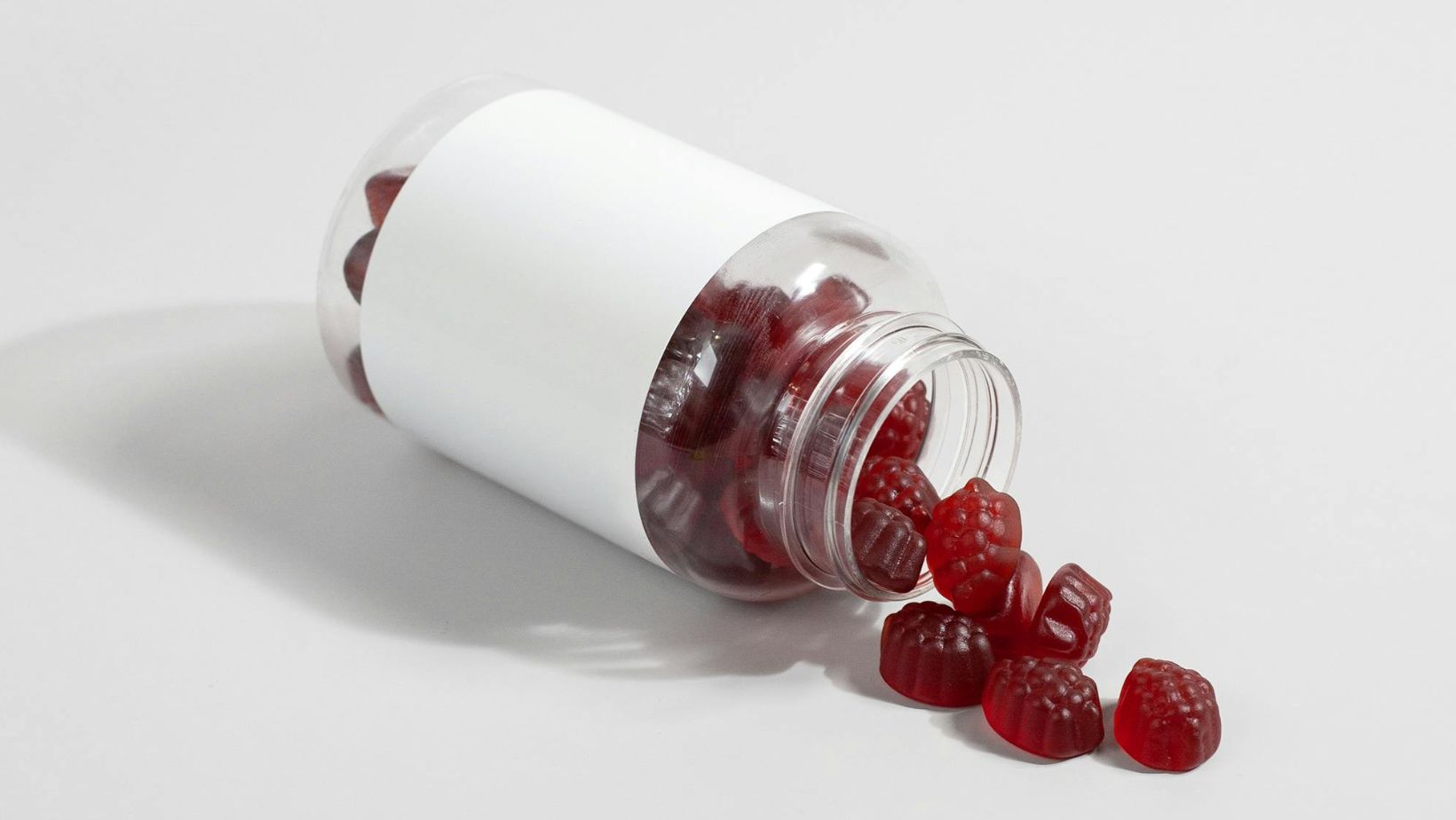

 Let’s have an honest conversation about something many of us think about but don’t always discuss openly: cosmetic procedures. Whether it’s at school pickup, mom’s night out, or scrolling through social media, we’re all noticing that more moms are openly talking about the little (and not-so-little) tweaks they’re making to feel more confident in their own skin.
Let’s have an honest conversation about something many of us think about but don’t always discuss openly: cosmetic procedures. Whether it’s at school pickup, mom’s night out, or scrolling through social media, we’re all noticing that more moms are openly talking about the little (and not-so-little) tweaks they’re making to feel more confident in their own skin. Rachel, a working mom from Phoenix, chose CoolSculpting for her post-baby belly: “I could literally get treated during my lunch break and be back to carpools by 3 PM. That convenience factor was huge for me.”
Rachel, a working mom from Phoenix, chose CoolSculpting for her post-baby belly: “I could literally get treated during my lunch break and be back to carpools by 3 PM. That convenience factor was huge for me.”





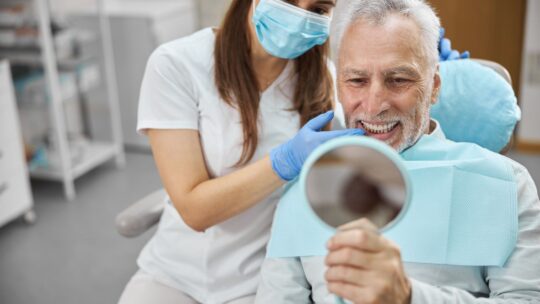
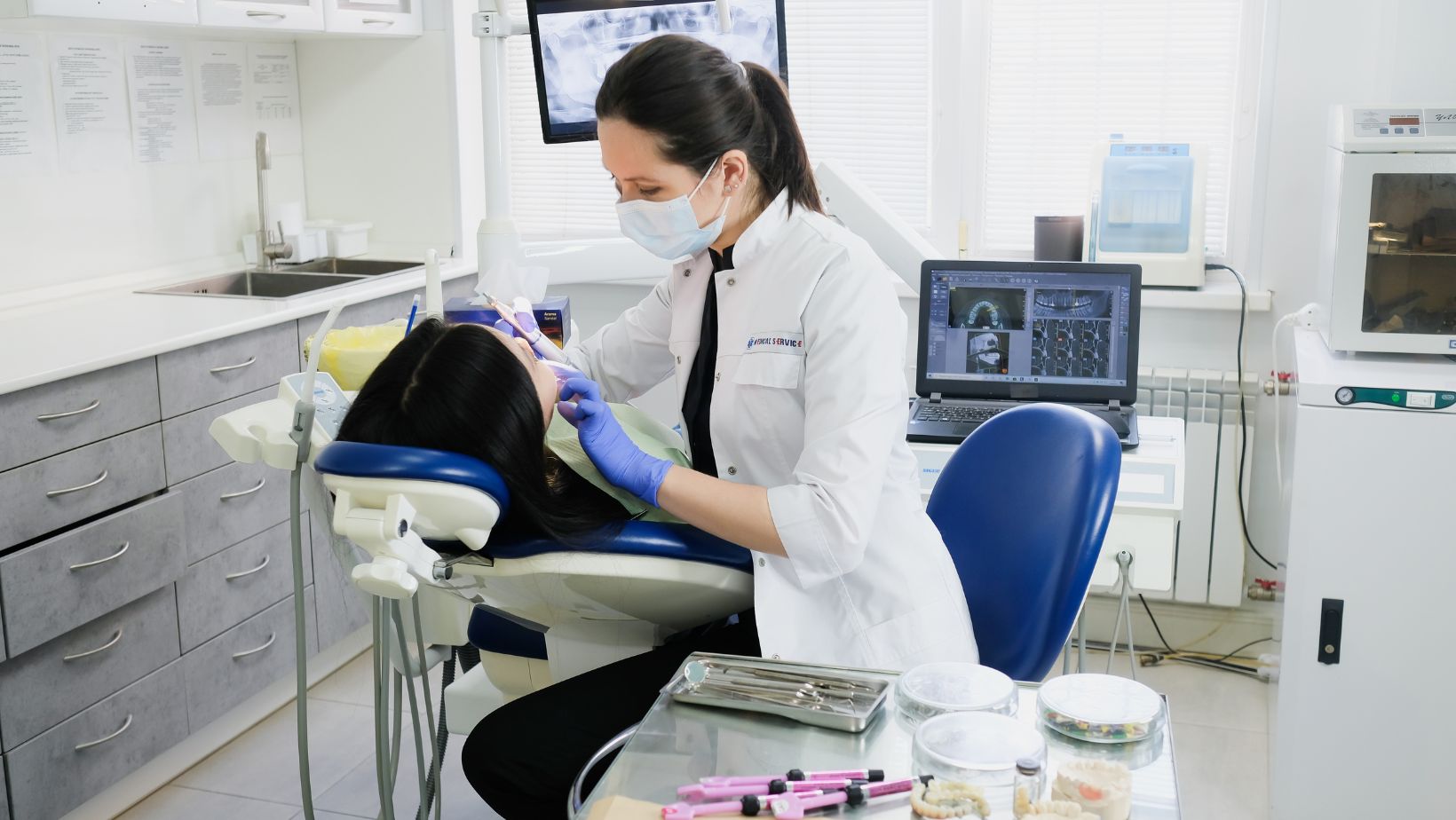

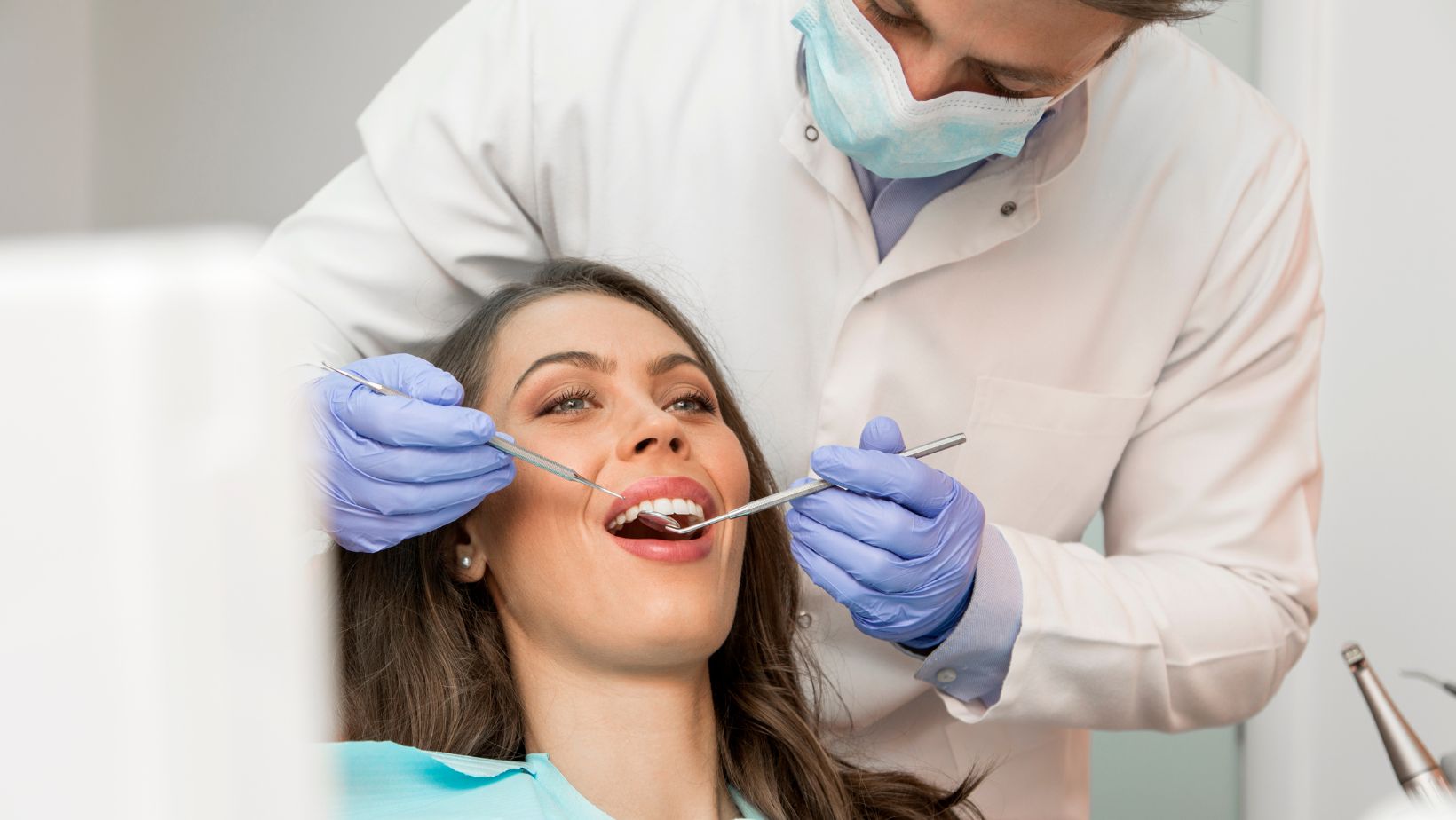 Your oral health is far more than just a reflection of how well you brush and floss—it plays a crucial role in your overall well-being. The mouth is often referred to as the gateway to the body, and neglecting it can lead to significant health consequences beyond cavities and gum disease. Emerging research has reinforced the intricate relationship between oral health and systemic health, demonstrating how poor dental hygiene can contribute to a wide range of conditions, from heart disease to diabetes and even mental health concerns. Understanding this connection can empower individuals to take preventive steps and protect both their oral and overall health.
Your oral health is far more than just a reflection of how well you brush and floss—it plays a crucial role in your overall well-being. The mouth is often referred to as the gateway to the body, and neglecting it can lead to significant health consequences beyond cavities and gum disease. Emerging research has reinforced the intricate relationship between oral health and systemic health, demonstrating how poor dental hygiene can contribute to a wide range of conditions, from heart disease to diabetes and even mental health concerns. Understanding this connection can empower individuals to take preventive steps and protect both their oral and overall health.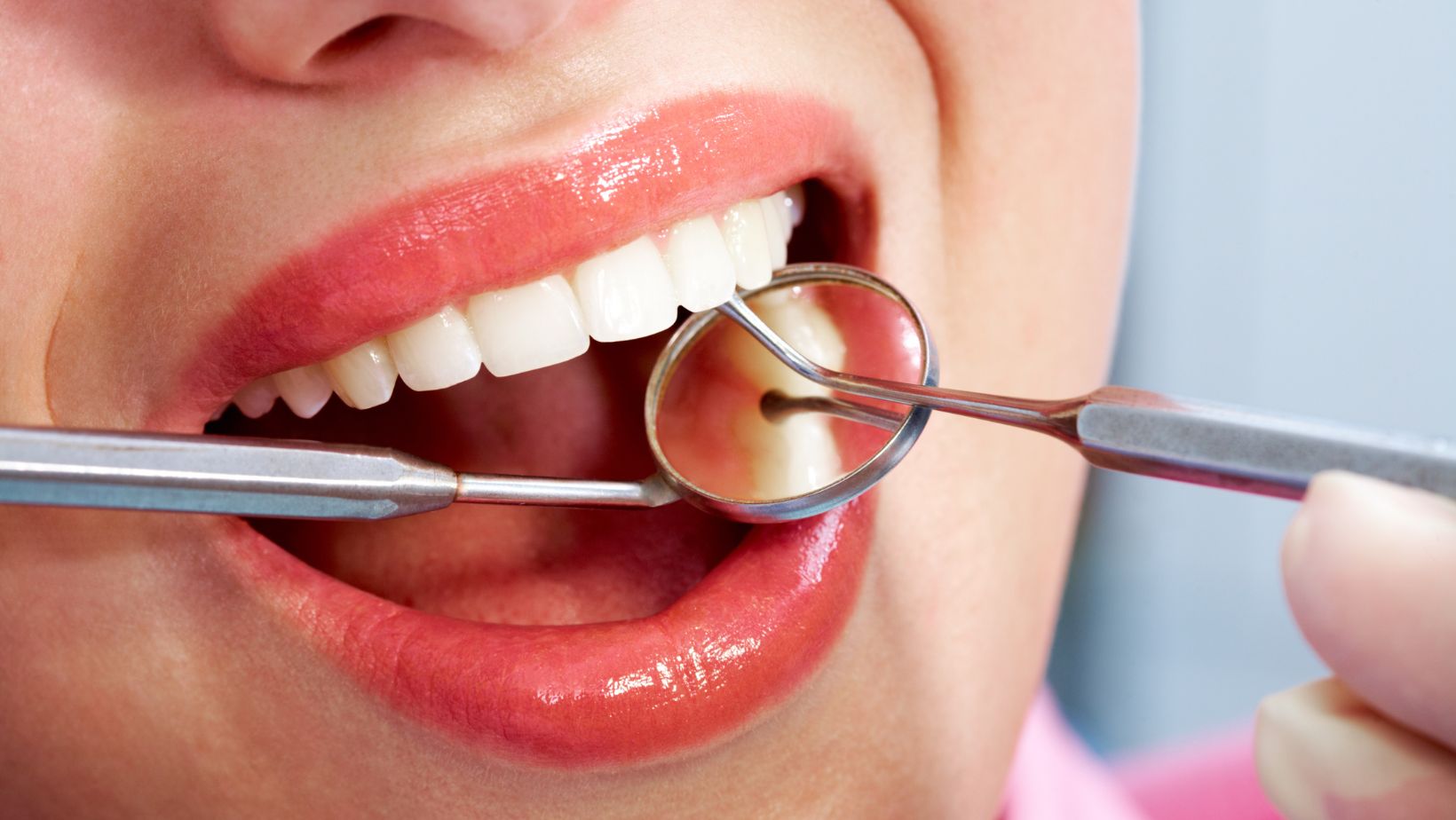


 It’s important to understand that endoscopic surgery can improve your symptoms significantly, especially those caused by fungal growth or polyps. A complete cure through surgery can be expected, depending on several factors, including your response to treatment and the underlying condition. For proper recovery after surgery, you must follow your doctor’s advice regarding the use of decongestants, antibiotics, or nasal irrigation.
It’s important to understand that endoscopic surgery can improve your symptoms significantly, especially those caused by fungal growth or polyps. A complete cure through surgery can be expected, depending on several factors, including your response to treatment and the underlying condition. For proper recovery after surgery, you must follow your doctor’s advice regarding the use of decongestants, antibiotics, or nasal irrigation.

